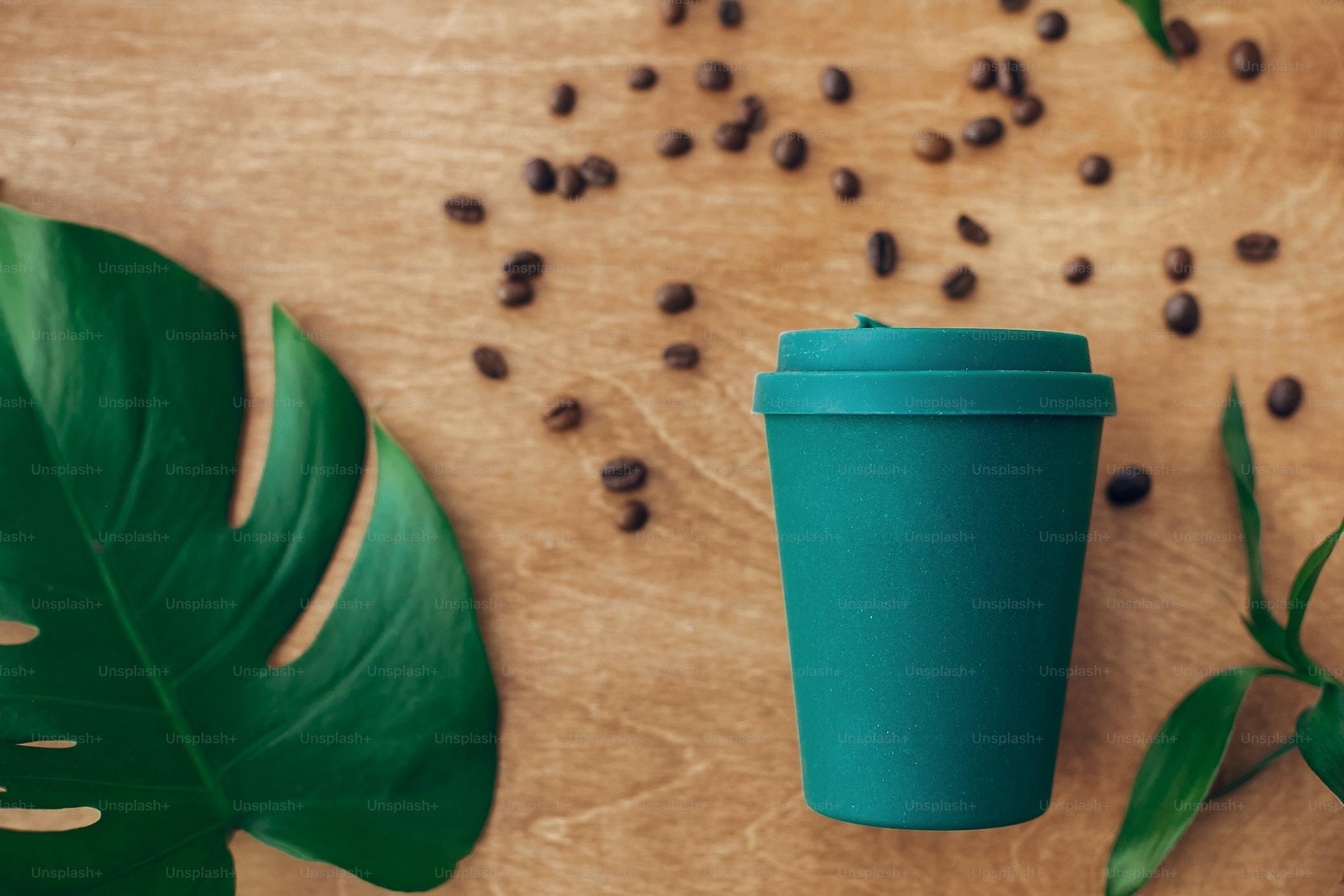30
2023
-
05
Upgrading video packaging materials to be simple, environmentally friendly, and high-quality has become a trend
The needs of consumers and modern lifestyles will continue to drive a shift in people's perception of food. According to the "Trends and Progress in Food Packaging and Processing" by the Packaging and Processing Technology Association PMMI, the global food packaging market size will approach $400 billion by 2025.
Author:
 The needs of consumers and modern lifestyles will continue to drive a shift in people's perception of food. According to the "Trends and Progress in Food Packaging and Processing" by the Packaging and Processing Technology Association PMMI, the global food packaging market size will approach $400 billion by 2025.
The needs of consumers and modern lifestyles will continue to drive a shift in people's perception of food. According to the "Trends and Progress in Food Packaging and Processing" by the Packaging and Processing Technology Association PMMI, the global food packaging market size will approach $400 billion by 2025.
Many of the consumption trends that have emerged in recent years have continued to this day, with the most popular trend still related to a focus on health and environmental protection. From the perspective of processing, there are five trends that will directly affect the development of packaging in 2020.
1. Cleaning labels
In order to meet the requirements of cleaning labels, packaging must provide clear product images, as well as easy to read and recognizable labels related to packaging size and nutritional composition.
2. Plant based ingredients
The growth rate of plant-based foods exceeds the entire food market by 500%, and these products claim that their production process has a much smaller carbon footprint than animal products. In specific categories such as dairy and meat, disruptive plant-based products have further widened the profit margin gap in the past few years. In order to promote the ultimate goal of zero landfill, plant-based food companies are particularly interested in plant-based packaging materials that are easier to recycle or decompose.
3. Lifestyle driven food trends
As consumers increasingly tend to choose healthy foods, the market's demand for natural products that help control weight, mood, energy, and sleep is further increasing, and the number of functional foods is also continuously increasing. This type of product attracts a cross age group that values health.
Meanwhile, snacks are replacing regular meals at an increasingly fast pace, as healthier ingredients, smaller portions, and more convenient portable packaging allow people to eat while walking away from home, attracting adult snack enthusiasts with a variety of flavors. In most cases, flexible packaging is the best choice for manufacturing packaging bags that are portable, repeatable, and stand upright.
4. Sustainability
Consumers prefer carefully sourced and ethically produced food, while food companies are emphasizing the experience of products' going from farm to table '. In addition, the sustainability of packaging is also a top concern for consumers - they prefer to use recyclable recycled materials. The biodegradable and biodegradable material market is currently at the forefront of sustainable development, and packaging is moving towards new substrates to avoid the use of plastics and reduce degradation time. Companies producing organic products are in greater need of plant-based packaging materials.
5. Traceability
With the rise of food pollution recall incidents and the increase of counterfeit products, processors are reassessing their tracking systems and reviewing the recall process. Food companies require assistance from suppliers to comply with food safety regulations. More and more companies based on traditional barcodes are investing in intelligent technologies, such as QR codes and special packaging designed specifically for consumer interaction. Blockchain technology continues to be on the periphery of packaging traceability discussions; However, there may be higher requirements for food safety and tracking knowledge in the future, and blockchain can also be used for product recycling.
News
2023-05-30
2023-05-30

